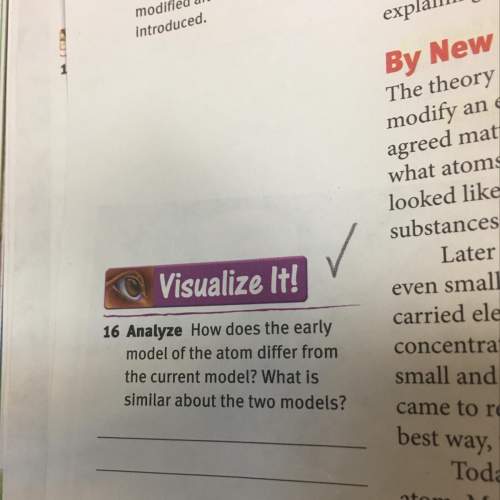
Chemistry, 04.07.2020 04:01 cyberdac01
A neutral atom has the same number of electrons as protons. You can use the atomic number to find the number of electrons in the neutral atom, and start building an electron configuration. The outer electron configuration of an element includes everything except the noble-gas core. For example, the element C has an electron configuration of [He]2s^22p^2 and an outer electron configuration of 2s^22p^2. The inner electron configuration of an element includes only the noble-gas core. The element C has the inner electron configuration of [He].
Classify each statement as true or false
a. Period 3 dements have an inner electron configuration of [Ne].
b. Period 4 elements all have six 4p electrons.
c. Group 8A elements have full outer principal s and p subshells.
d. The highest principal energy level of period 2 elements is 3.
e. The valence electrons of group 6A elements are in the 75 subshell.
f. Period 4 elements have an inner electron configuration of [Kr-].
g. The valence electrons of group 1A elements are in an s subshell.
h. The highest principal energy level of period 3 elements is 3.

Answers: 2


Other questions on the subject: Chemistry

Chemistry, 21.06.2019 21:40, taysomoneyyy
During trial 2, what allowed you to determine that aluminum was the limiting reactant? check all that apply. all of the copper dissolved. all of the aluminum dissolved. the solution turned clear. the number of grams of copper(ii) chloride used in the reaction was greater than the number of grams of aluminum. the molar ratio of copper(ii) chloride to aluminum was greater than 3: 2, the equation’s molar ratio.
Answers: 2

Chemistry, 21.06.2019 22:30, mimireds5419
1. combine iron and copper (ii) sulfate solution. (hint: iron will form the iron (iii) ion) fe + cuso4 → 2. combine lead (ii) nitrate and potassium iodide solutions. pb(no3)2+ kl → 3. combine magnesium metal and hydrochloric acid solution. mg + hcl → 4. electrolysis (splitting) of water. h2o → 5. burning magnesium. mg + o2 →
Answers: 3

Chemistry, 22.06.2019 09:00, kcarstensen59070
What type of energy do chemical bonds have? what type of energy is it converted to during chemical reactions? question 15 options: chemical bonds have kinetic energy, which is converted to potential energy during chemical reactions. chemical bonds have electric energy, which is converted to potential energy during chemical reactions. chemical bonds have heat energy, which is converted to kinetic energy during chemical reactions. chemical bonds have potential energy, which is converted to heat energy during chemical reactions.
Answers: 1

Chemistry, 22.06.2019 09:10, chloeholt123
How have the greenhouse gasses increased from the year 2000 to 2018
Answers: 2
You know the right answer?
A neutral atom has the same number of electrons as protons. You can use the atomic number to find th...
Questions in other subjects:


Mathematics, 29.05.2020 07:02




Social Studies, 29.05.2020 07:02

Mathematics, 29.05.2020 07:02



Business, 29.05.2020 07:02




